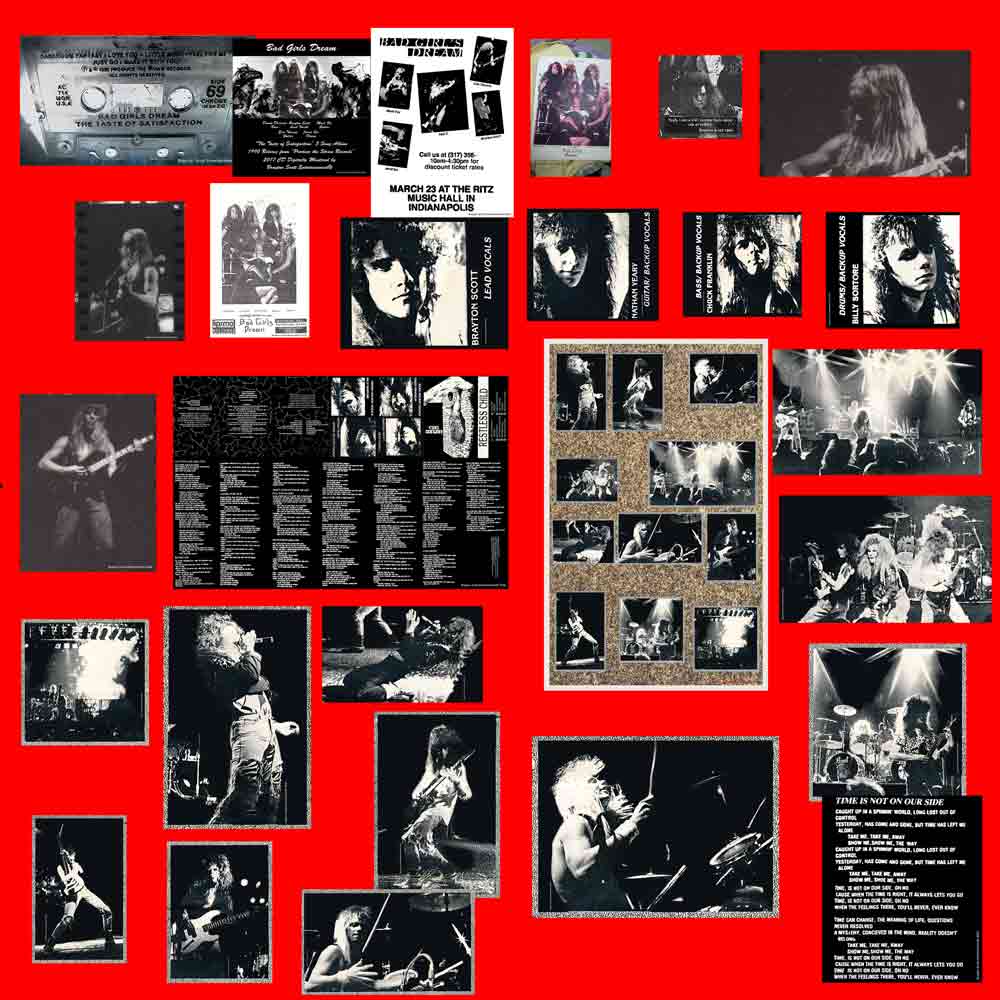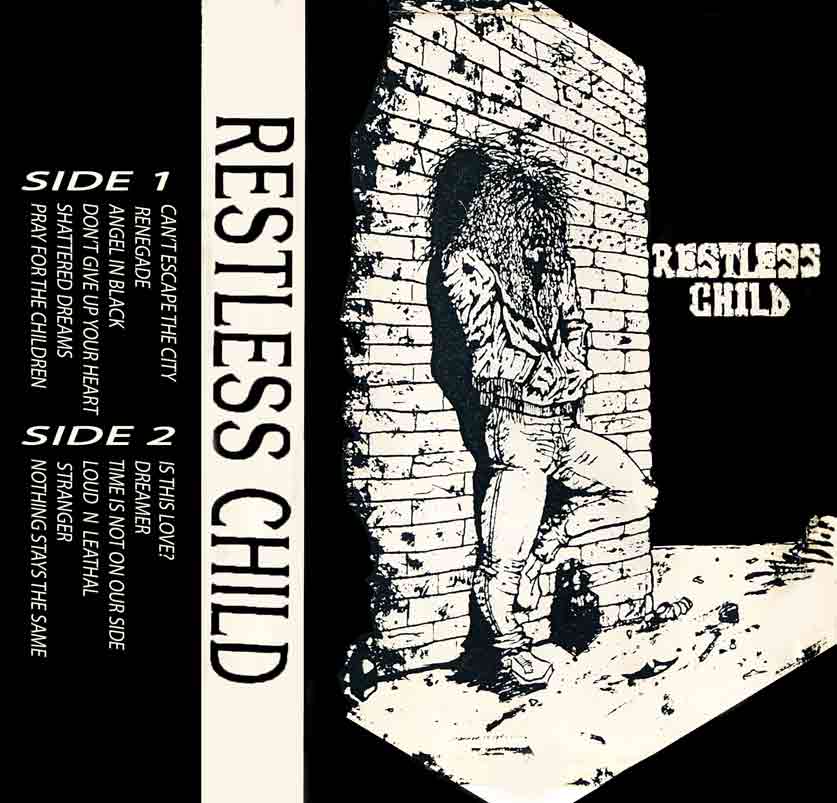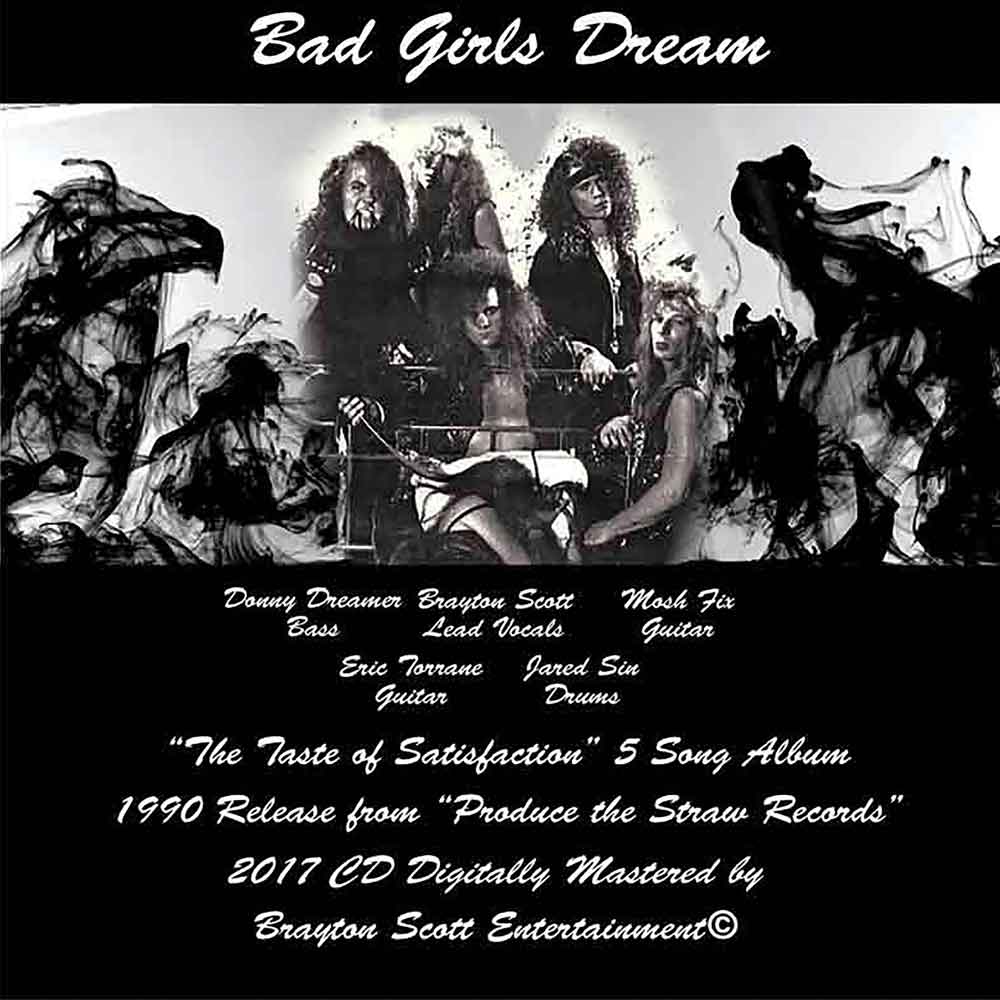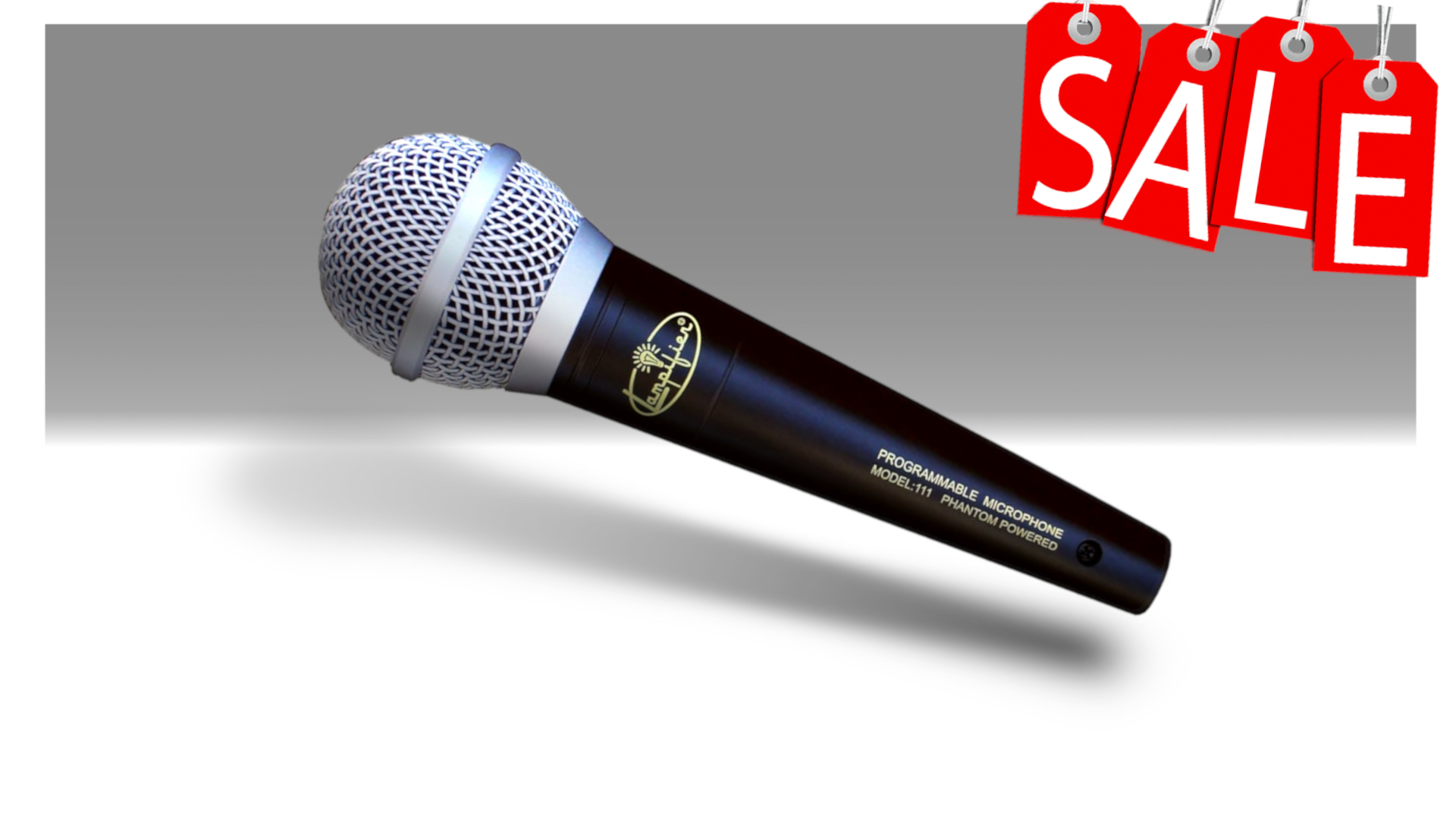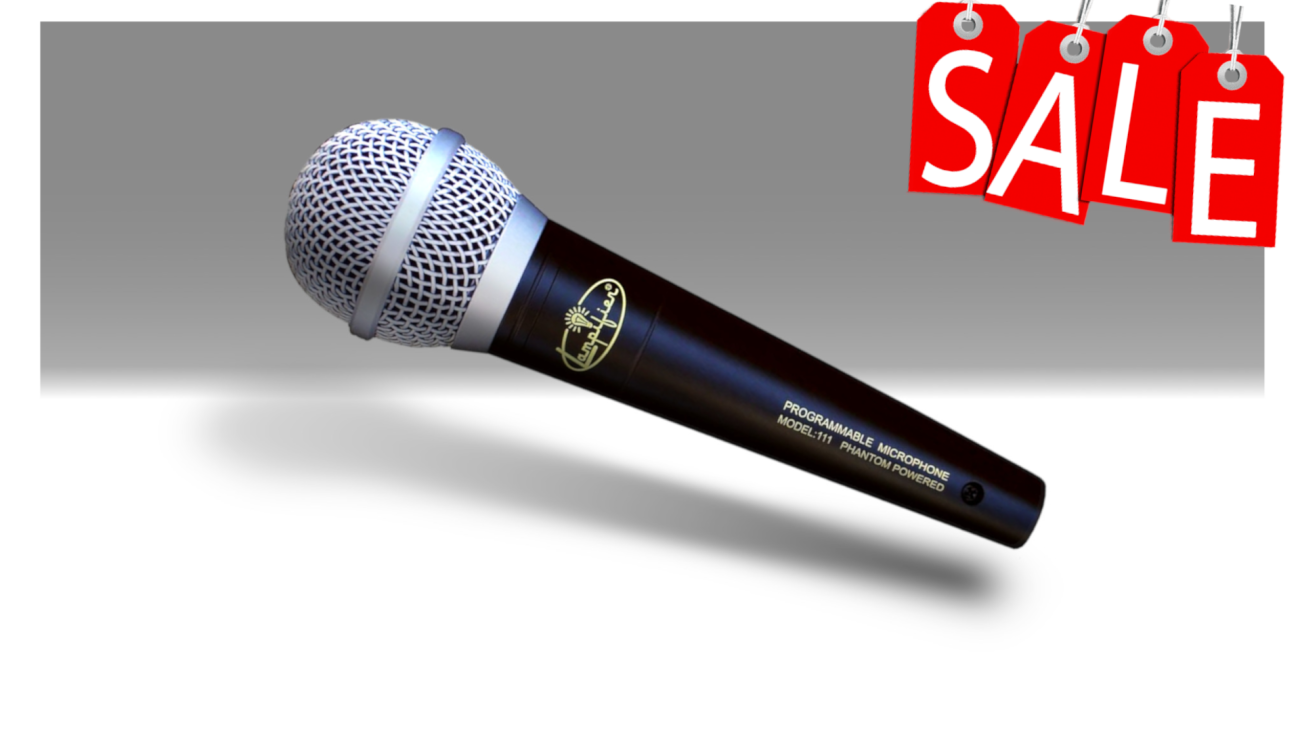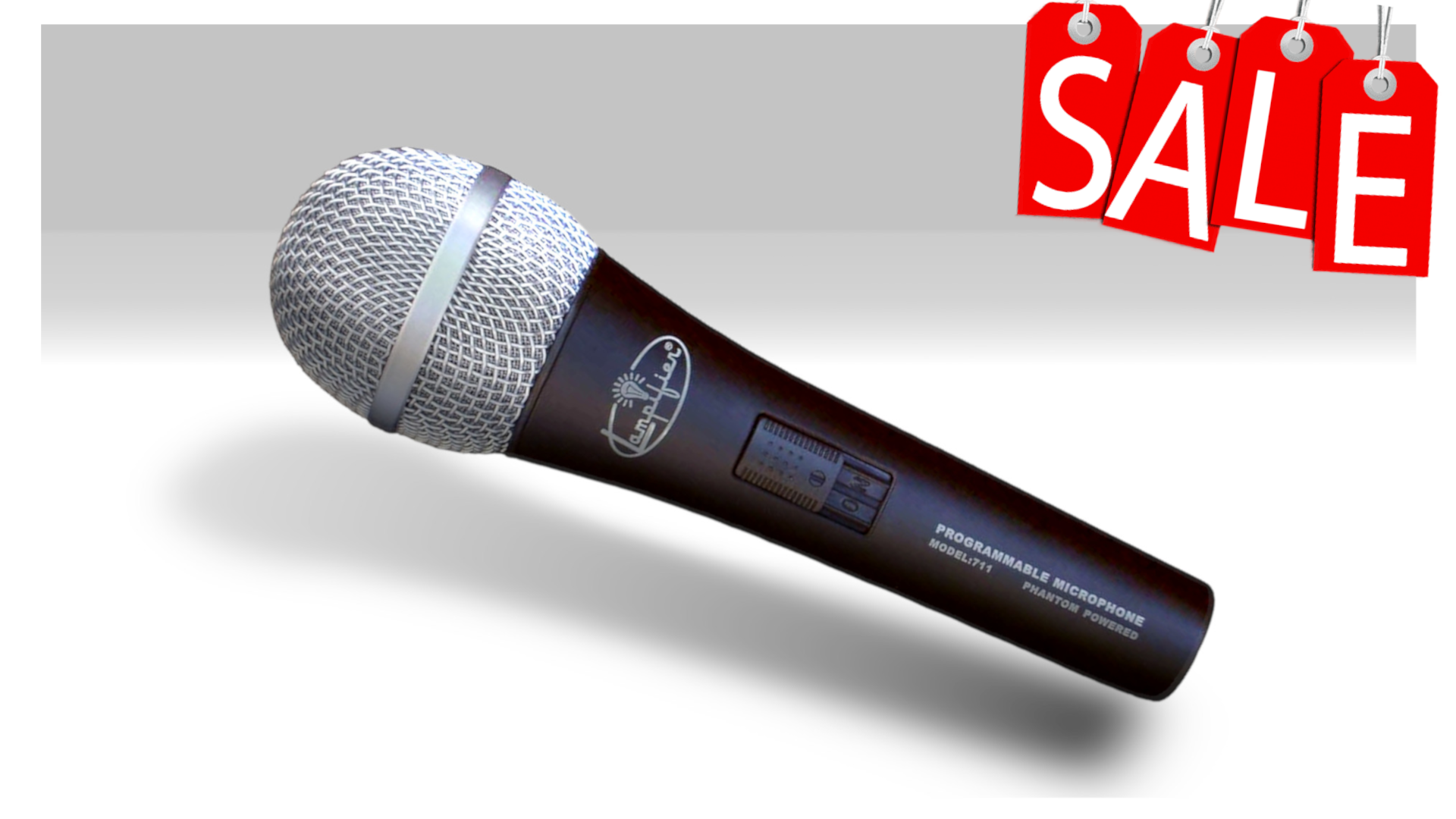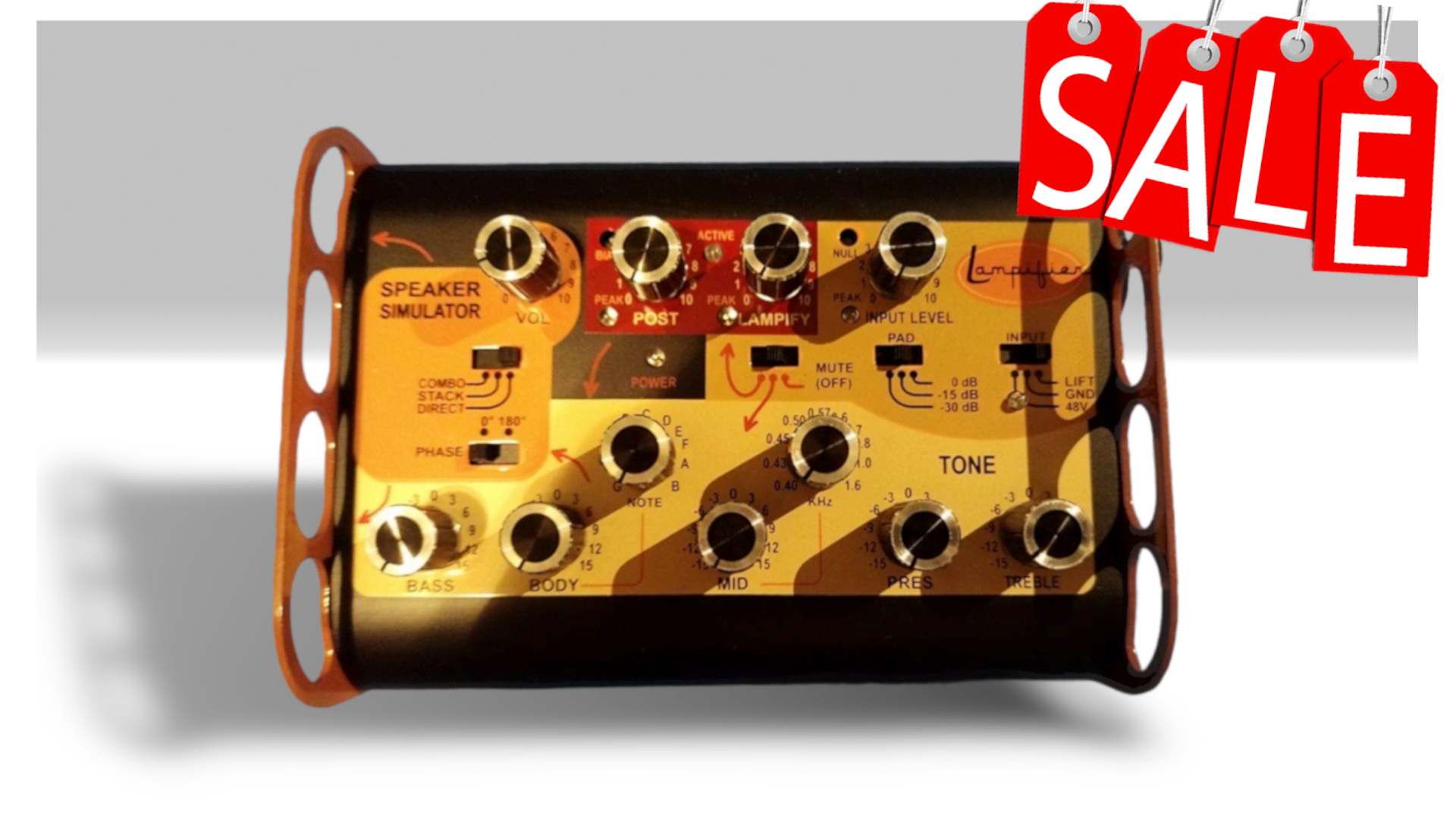The following parameters can be combined into 308 different “programs,” to tailor the mic for a wide variety of applications — from quiet acoustic instruments to loud guitar cabinets, from spoken word to “extreme” vocals: • Compression threshold - 7 settings, from low sensitivity (0dB) to high sensitivity (-24dB) • Noise Gate threshold - 11 settings, from least gating (-55dB) to most (-5dB) • Noise Gate release - slow or fast • Output Volume - low or high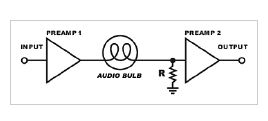 The audio-processing circuit consists of a pair of linear amplifiers, a resistor, and a light bulb. The light bulb is not an optical compressor. Rather, the audio signal from the mic’s dynamic capsule flows through the bulb’s tungsten filament, which heats up with higher-gain signals, increasing the wire’s resistance. As resistance increases, output signal strength from the bulb decreases. When the lamp is under-driven, the compression effect of the lamp is minimal, Conversely, at higher gains, the compression effect of the lamp is more pronounced. Therefore, the amount of effective compression is adjusted by controlling the output gain of the amplifier at the front of the circuit.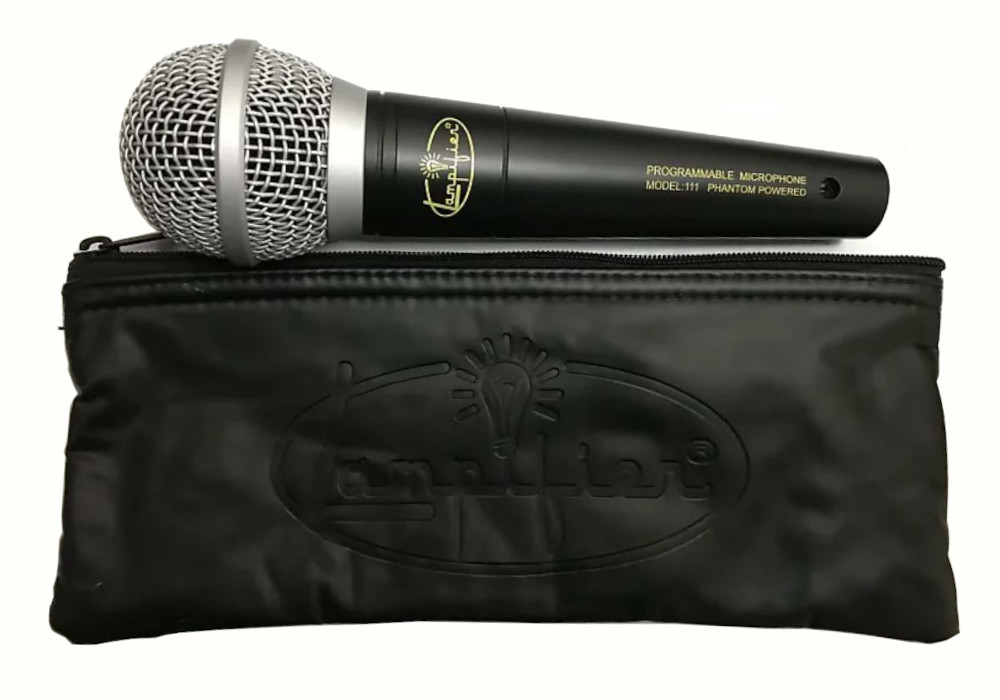 The processing circuit is phantom-powered — unlike most dynamic vocal mics, the Model 111 requires +48V phantom power. The dynamic capsule in the Model 111 has a supercardioid response, making the mic suitable for applications in which a high degree of feedback rejection is desired. The capsule is tuned to provide a presence peak in the vocal range; the published response curve shows a boost of +4–5dB from 1.2–6kHz, and a secondary +4dB boost centered at 12kHz. The 111 is likely to be better in situations where the sound source is close to the mic, because the proximity effect can help balance its strong, projected upper midrange… Distance mic’ing with the 111 is likely to create a thinner sound. Despite the use of a glass bulb in the handle, the Model 111 microphone is built to withstand stage use. There is a factory test procedure where microphones are dropped repeatedly from 12 feet onto a solid concrete floor. The microphones must remain operational to pass the test. Not every microphone is drop-tested, because the test scratches the paint. No microphone tested so far has failed the test. The audio bulb is shock mounted and optimized for durability and sound quality over light output.In addition to the 308 different “programs” available, the Model 111 ships with a “bass boost” spacer ring that, when removed, allows the grille to be screwed down 7mm closer to the capsule. This effectively increases the amount of proximity effect available, because the mic’s capsule can be positioned closer to the sound source. Lampifier ships the Model 111 in any of the following 9 preprogrammed flavors, which can be adjusted by the user to suit specific applications: • (1) Pro Concert Vocal - moderate compression, moderate noise gating and high output • (2) Stand-Up Comedy or Public Announcements - moderate compression with moderate gating • (3) Soul/Latin Vocal - higher compression, low noise gating and low output • (4) Extreme Vocal - higher compression threshold, increased gating; suitable for loud vocals and loud stage environments • (5) Acoustic Guitar - moderately high compression with very low gating, low output • (6) Concert Amplifier - minimal compression, high gating; suitable for miking loud amplifiers • (7) Instrument Amplifier - low compression, high gating; suitable for moderately loud amplifiers • (8) Live Piano - moderate compression, low gating; suitable for miking acoustic piano • (9) Minimal Processing - least possible compression and noise gating |
